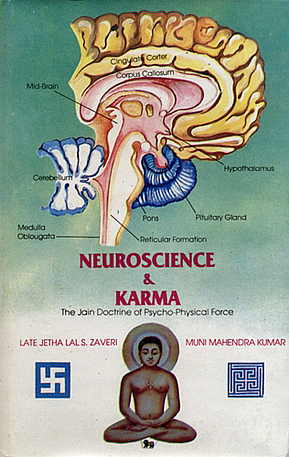Cell:
Basic structural and functional unit of a living organism, typically consisting of Cytoplasm, Nucleus and an outer wall. These tiny structures, ranging from less than one-hundredth to a one-fourth of a millimeter in diameter, contain protein-factories among numerous specialized departments and thread-like structures called Chromosomes.
Nucleus:
The center of every cell, containing the chromosomes and the DNA, separated by a membrane from the rest of the cell, the cytoplasm.
Chromosomes:
Thread-like bodies in the Nucleus of a cell. Number of chromosomes is usually constant for any one species and is 23 matching pairs in humans. They carry information which determines characters of both cell and organism. They contain molecules of DNA with a complete set of hereditary information.
DNA:
Deoxyribonucleic acid. The hereditary material of life contained in chromosomes. The DNA molecule is able to duplicate itself to give two similar daughter molecules. This ability is the basis for formation of hereditary material for next generation. It is the blueprint for producing all the organs, proteins and chemicals necessary for carrying out the innumerable functions crucial for life.
Gene:
The functional unit factor of inheritance. It is a portion of DNA which is a part of a chromosome within a cell nucleus. They occur in pairs, one from each parent, either the same (homozygotic) or different (heterozygotic); one may be dominant and prevent the manifestation of the other, recessive. Genes, jointly and severally, influence development of a particular character or a group of characters. They contain the instructions for making proteins (usually enzymes) and/or expression of a specific trait. A defective gene may produce a serious disease. They are subject to change by mutation.
Genetic Code:
The language of the genes. It is composed of an alphabet of four letters (Nucleotides) arranged in sequences of triplets each ensuring the attachment of a particular amino acid as a protein grows. The information in the code thus controls the properties of the enzymes whose actions ensure living.
Genetic Program:
The set of genes in an organism determining its development and provide the standards and actions that enable it to learn how to survive.
Genotype:
The inherited program of instructions that controls the development and life of an individual.
Nucleic Acids:
Very long molecules containing four sorts of units, the nucleotides, arranged in series to constitute the genetic code that organize the programs of development.
Nucleotides:
Units of nucleic acids. Each contains: (1) one of four bases (e.g. adenoid); (2) a sugar (ribose in RNA, deoxyribose in DNA); (3) a phosphoric acid. Thousands of nucleotides are strung together by union of sugars with the acids. Each (different) sequence of these bases determines the attachment of a particular amino acid to a growing protein chain.
Enzyme:
A protein acting as a catalyst by virtue of its folded structure, which brings essential reactants close together by squeezing them and forces them to react - combine (chemically) at low temperatures. Thus they are the miracle workers forcing chemical changes that a chemist can only do at high temperatures. For instance, they oxidize sugar to give up energy at body-temperature as they would do only if heated. They may break molecules down or build them up to make proteins, carbohydrates or fats.
Protein:
Complex organic substances abundant, widely distributed, and essential for living organisms. They are macromolecules (very large and complicated) composed of a sequence of hundreds or thousands of a mi no acid units.
Enzymes:
Enzymes are proteins but all proteins are not enzymes. There are at least 1,00,000 varieties of proteins in human body. Two types of proteins are:
- functional,
- structural
Araino Acid:
A simple organic molecule (containing nitrogen) able to act both as an acid and a base and so to join with others to make the long chains of proteins. The same 20 a mi no acids occur in all animals as well as plants.
Mitochondria:
Power-house of the cells found in almost all cells for generating energy;
(In Genetics)
Transcription:
Tk process by which the information in a section of the DNA of a chromosome is copied into a different nucleotide, messenger RNA, which is carried from the nucleus to the cytoplasm and there translated to make a protein.
Translation:
The process by which the information carried from the nucleus by messenger RNA is made to produce a particular protein by enzymes associated with special granules - the ribosomes.
 Prof. Muni Mahendra Kumar
Prof. Muni Mahendra Kumar

